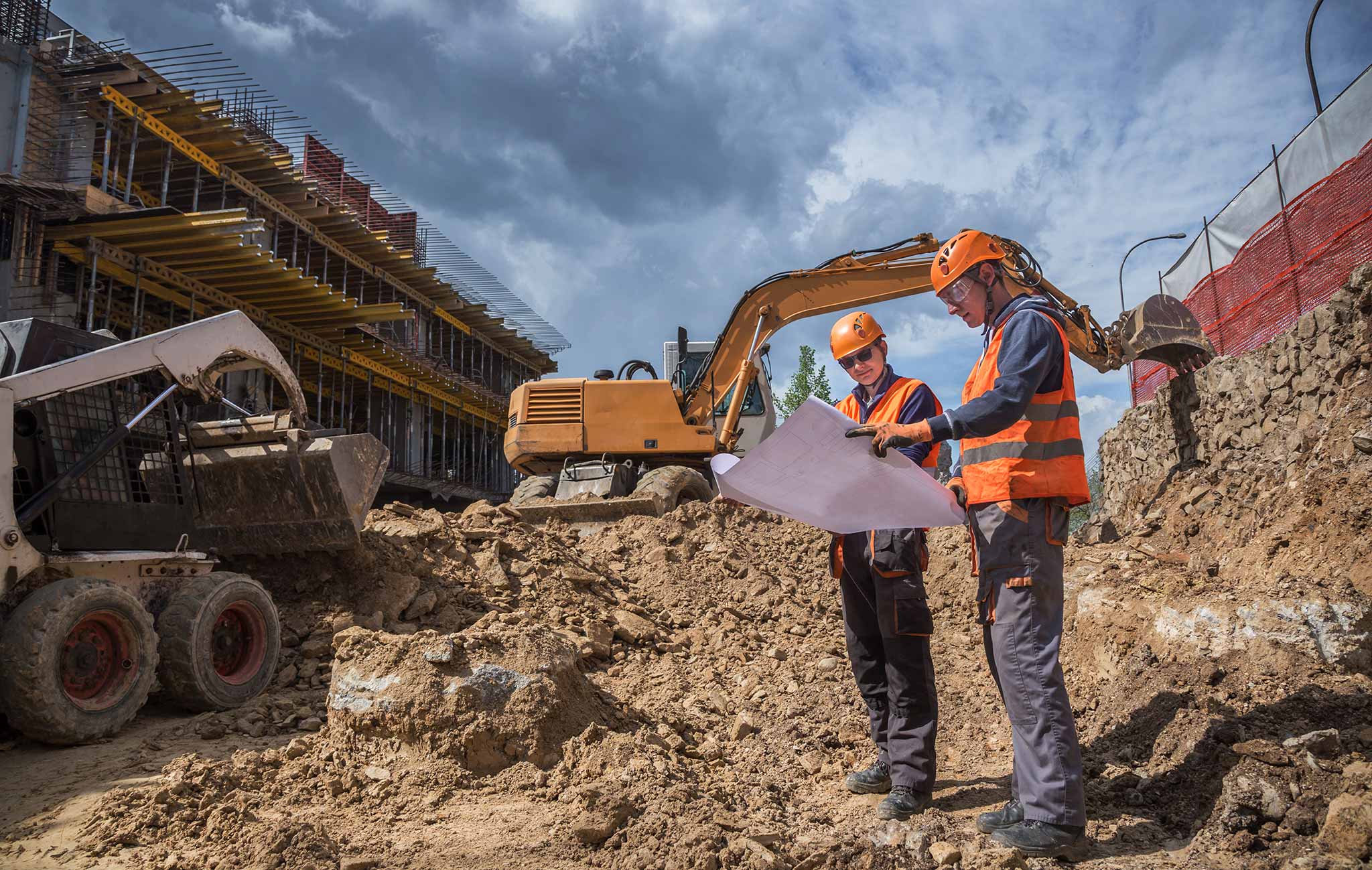Choosing the Right Geotechnical Engineers for Your Following Large-Scale Project
Choosing the Right Geotechnical Engineers for Your Following Large-Scale Project
Blog Article
The Interdisciplinary Approaches in the Geotechnical Sector: Linking the Gap In Between Design, Geology, and Environmental Science for Optimum Project Results
The integration of design, geology, and ecological scientific research within the geotechnical sector is not merely advantageous; it is essential for achieving optimal project outcomes. What methods might arise to facilitate this essential cooperation and boost the effectiveness of geotechnical practices?
Relevance of Interdisciplinary Collaboration
The value of interdisciplinary cooperation in the geotechnical industry can not be overemphasized. Efficient geotechnical projects need the assimilation of varied experience from numerous fields, including design, geology, and environmental science. This cooperation guarantees that all aspects of a project are considered, resulting in thorough options that address complex challenges.
When working in seclusion,Interdisciplinary cooperation cultivates technology by allowing professionals to share understandings and approaches that may not be evident. By leveraging the toughness of numerous self-controls, groups can recognize possible risks, enhance design processes, and boost the sustainability of geotechnical projects. Moreover, such collaboration promotes a holistic understanding of site-specific conditions, which is critical for accurate assessment and decision-making.
The intricacy of geotechnical jobs demands a collaborated method to analytic. When designers, rock hounds, and environmental researchers collaborate, they can produce a natural approach that straightens technical demands with environmental factors to consider and regulatory conformity. This synergy not only improves task end results but additionally adds to the long-term durability of facilities. Ultimately, interdisciplinary collaboration is necessary for progressing ideal practices and accomplishing excellence in the geotechnical market.
Secret Roles of Each Self-control
Cooperation amongst various disciplines is not just helpful; it is vital for the successful implementation of geotechnical jobs. Each discipline-- design, geology, and ecological scientific research-- plays a distinctive yet interconnected function that contributes to forecast efficacy and sustainability.
Geotechnical engineers are mainly responsible for making structures and ensuring structural stability. They examine dirt and rock residential or commercial properties to examine load-bearing capabilities, giving important information for risk-free building and construction methods. Their knowledge makes it possible for the solution of ingenious services to intricate obstacles.

Environmental researchers analyze the prospective impacts of building and construction on ecosystems and water resources. They perform ecological assessments and establish reduction approaches to decrease damaging impacts. By integrating eco-friendly considerations, they ensure compliance with policies and promote sustainability throughout the project lifecycle.
Study of Effective Combination
Effective assimilation of geotechnical techniques can be exemplified through numerous case studies that highlight the effectiveness of synergy in resolving intricate design obstacles. One notable example is the building of the Hong Kong-- Zhuhai-- Macau Bridge, where a collective method involving geotechnical engineering, geology, and environmental scientific research was important. Engineers and rock hounds operated in unison to examine the seabed problems and maximize the structure style, making certain security and lessening ecological influence.
One more impactful situation is the enhancement of incline security in the San Francisco Bay check this Location, where an interdisciplinary group combined geotechnical evaluation with ecological evaluations. By incorporating geological studies and hydrological studies, the team effectively determined prospective landslide threats and carried out effective reduction measures, boosting security and sustainability.
In addition, the redevelopment of Brownfield sites often needs a multidisciplinary approach. In one situation in Chicago, partnership among geotechnical engineers, ecological scientists, and city organizers caused the effective remediation of polluted dirt, permitting the secure transformation of the site right into an area park. These study highlight that interdisciplinary partnership not only addresses technological obstacles yet also fosters ingenious options that profit both projects and neighborhoods.
Obstacles in Multidisciplinary Projects

Furthermore, collaborating schedules and operations amongst various groups can be bothersome, particularly when each self-control has distinct job milestones and deliverables. This misalignment can cause delays and raised expenses. The challenge of resource allowance likewise looms huge; making certain that specialized know-how is available at essential times requires cautious planning and foresight.
Finally, governing conformity presents an additional substantial challenge. Each self-control might face various regulatory frameworks, and aligning these requirements to fulfill task purposes can be time-consuming and intricate. Dealing with these difficulties requires strong management and effective interaction techniques to promote collaboration and make sure that multidisciplinary groups function cohesively towards shared objectives.
Future Trends in Geotechnical Practices
As the geotechnical industry click here to find out more progresses, emerging trends are improving techniques to address the obstacles dealt with in multidisciplinary projects - geotechnical engineers. One considerable fad is the increased combination of sophisticated technologies, such as fabricated intelligence and artificial intelligence, right into geotechnical analysis and layout. These modern technologies enhance predictive modeling and danger analysis, allowing engineers to make more educated decisions throughout the task lifecycle

Furthermore, the fostering of electronic doubles and real-time tracking systems is coming to be much more common. These devices promote ongoing assessment of dirt problems and structural efficiency, permitting timely interventions when problems occur.
Final Thought
To conclude, the assimilation of engineering, geology, and environmental scientific research is vital for accomplishing optimal end results in the geotechnical industry. Interdisciplinary partnership cultivates advancement, enhances analytic capabilities, and aligns technical requirements with environmental sustainability. Successful study illustrate the advantages of this technique, while acknowledging the challenges dealt with in multidisciplinary tasks. Looking in advance, embracing these joint methods will certainly be essential for navigating future trends and progressing the field my latest blog post of geotechnical engineering.
The combination of design, geology, and environmental science within the geotechnical industry is not simply helpful; it is important for achieving ideal task results. Effective geotechnical projects need the assimilation of diverse competence from various areas, consisting of design, geology, and environmental science.Browsing the complexities of multidisciplinary jobs in the geotechnical industry offers a number of substantial obstacles.As the geotechnical market advances, arising trends are reshaping techniques to resolve the difficulties dealt with in multidisciplinary tasks. Geotechnical engineers are significantly collaborating with ecological researchers to guarantee that projects align with sustainability goals and comply with regulative requirements.
Report this page